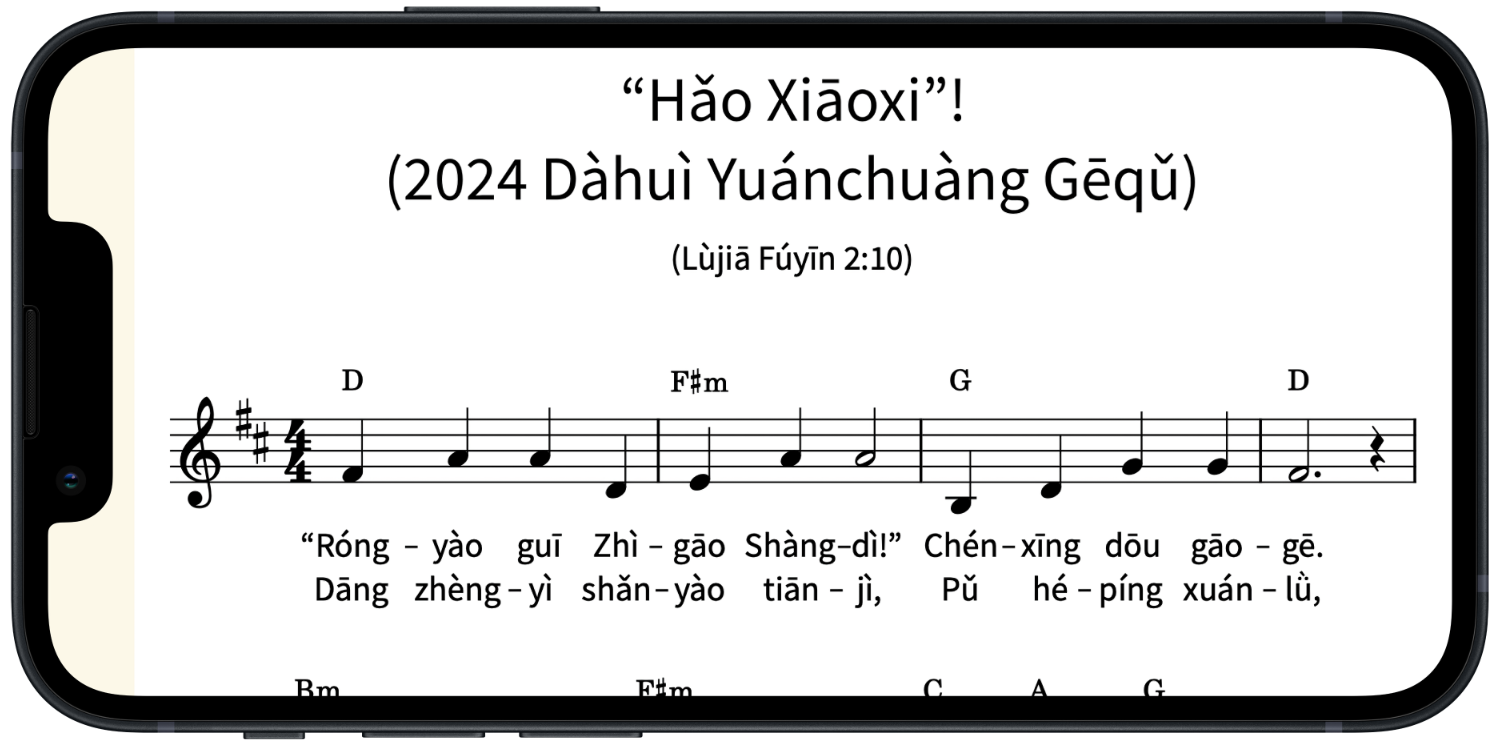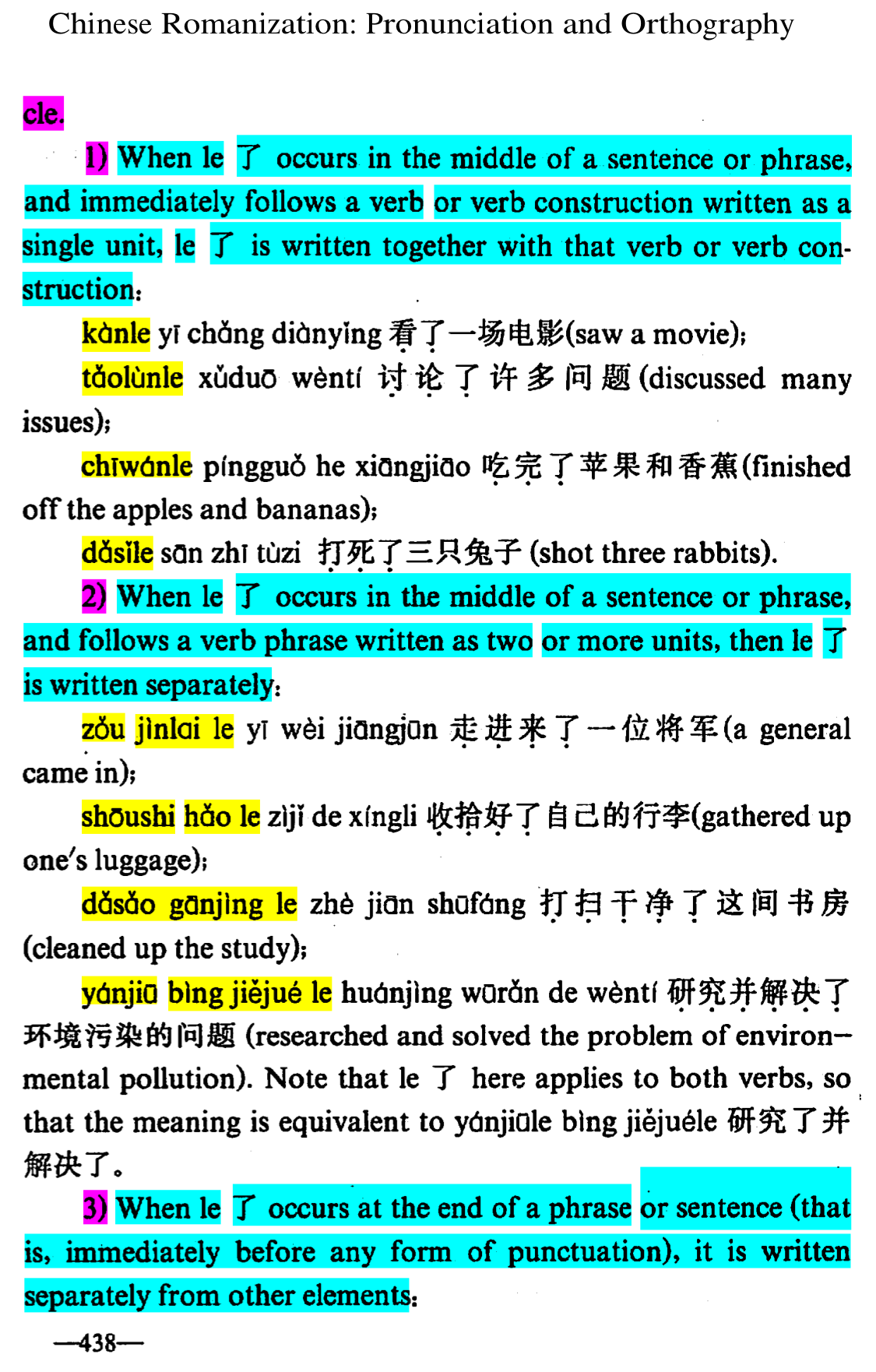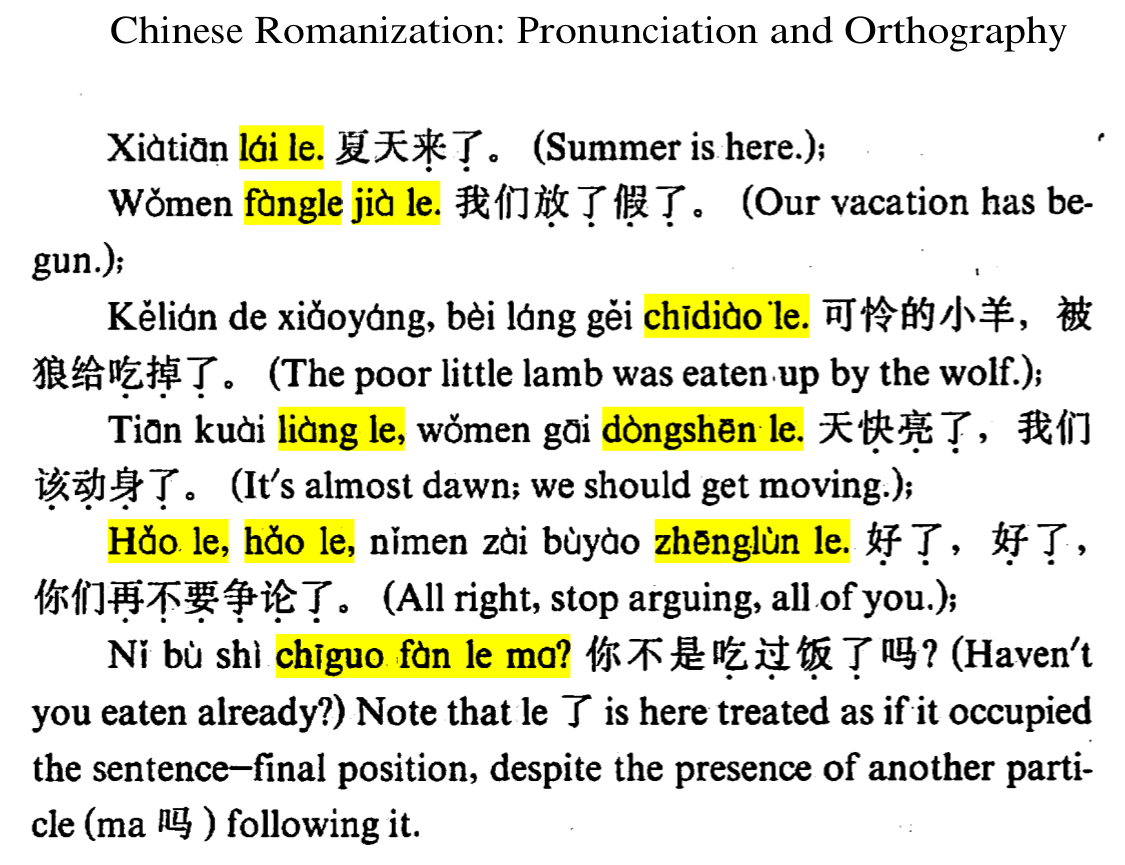gāogē (gāo·gē {(at) high (volume)} · sing 高歌) ← Tap/click to show/hide the “flashcard”
[Notes: Tap/click on a Pīnyīn (Pīn·yīn {Piecing Together of} · Sounds → [Pinyin] 拼音) expression to reveal its “flashcard”; tap/click on a “flashcard” or its Pīnyīn (Pīn·yīn {Piecing Together of} · Sounds → [Pinyin] 拼音) expression to hide the “flashcard”. 📖 📄 📘 icons mean 📖 Reveal All, 📄 Reveal Advanced, and 📘 Reveal None re all the “flashcards” in the heading, paragraph, etc. that they are placed at the beginning of.]
Ah, spring, when thoughts of Mandarin field language learners turn to “Where can I find Pīnyīn (Pīn·yīn {Piecing Together of} · Sounds → [Pinyin] 拼音) for this year’s convention song?” (Unfortunately, at the time of this writing, there was no official Pīnyīn (Pīn·yīn {Piecing Together of} · Sounds → [Pinyin] 拼音) available on the official page for the Mandarin version of this song.) I am happy to report that proofread Pīnyīn (Pīn·yīn {Piecing Together of} · Sounds → [Pinyin] 拼音) lyrics or better and proofread musical notation 🎼 with Pīnyīn (Pīn·yīn {Piecing Together of} · Sounds → [Pinyin] 拼音) lyrics for this year’s convention song are now available at this unofficial Pīnyīn (Pīn·yīn {Piecing Together of} · Sounds → [Pinyin] 拼音) Plus resource:

[Note: As with all the other Pīnyīn (Pīn·yīn {Piecing Together of} · Sounds → [Pinyin] 拼音) Plus resources, the above-mentioned Pīnyīn (Pīn·yīn {Piecing Together of} · Sounds → [Pinyin] 拼音) Plus resource is made to be supplementary language-learning material for those learning the Mandarin language to help others in the Mandarin field. For spiritual food (which is for you yourself to learn spiritual things from, and which ideally should be in your own mother tongue), please go to jw.org.]
Singing Like Angels
This week’s MEotW, “gāogē (gāo·gē {(at) high (volume)} · sing 高歌)”, comes from the beginning of the Mandarin version of this song:
English:
“Glory in the heights above”—
Good news for all men—
Mandarin:
📖 📄 📘 “Róngyào (glory 荣耀 榮耀) guī ({belongs to} 归 歸) Zhìgāo (Zhì·gāo Most · High 至高) Shàngdì (Shàng·dì Above’s · {Emperor → [God]} → [God] 上帝)!”
Chénxīng (Chén·xīng {early morning} · stars 晨星) dōu (all 都) gāogē (gāo·gē {(at) high (volume)} · sing 高歌).
The first line is taken from Luke 2:13, 14:
Suddenly there was with the angel a multitude of the heavenly army, praising God and saying: “Glory in the heights above to God, and on earth peace among men of goodwill.”
The second line in the Mandarin lyrics, which mentions “chénxīng (chén·xīng {early morning} · stars 晨星)”, is undoubtedly an allusion to the current Mandarin New World Translation Bible’s rendering of Job 38:7 (WOL, Pīnyīn (Pīn·yīn {Piecing Together of} · Sounds → [Pinyin] 拼音) Plus), which uses this expression (“morning stars” in the English NWT Bible) in connection with the angels:
📖 📄 📘 Dāngshí (Dāng·shí {at that} · {(particular) time} 当时 當時) chénxīng (chén·xīng {early morning} · stars 晨星) yìtóng (yì·tóng {(as) one} · together 一同) huānhū (huān·hū joyously · {cried out} 欢呼 歡呼),
Shàngdì (Shàng·dì Above’s · {Emperor → [God]} → [God] 上帝) de (’s 的) érzimen (ér·zi·men sons · [suf for nouns] · [pl] 儿子们 兒子們) quándōu (quán·dōu completely · all 全都) hècǎi (hè·cǎi {shouted loudly} · {(in) applause} 喝彩 喝彩/采).
When the earth was founded and when Jesus was born, did the angels sing quietly and timidly, as if hoping no one would hear them? No! As the Mandarin lyrics say, these angels undoubtedly gāogē (gāo·gē {(at) high (volume)} · sang 高歌), that is, “sang (at) high (volume)”.
Imitating the Angels
How can we imitate the angels when it comes to singing in our worship, even though we are imperfect humans, most of us have not been trained as singers, and many of us don’t feel especially talented at singing? This Watchtower article about our current songbook “Sing Out Joyfully” to Jehovah helps us with this:
Check it out!
Helpful Features
The unofficial Pīnyīn (Pīn·yīn {Piecing Together of} · Sounds → [Pinyin] 拼音) Plus resource mentioned above now includes a link to the above-mentioned Watchtower article in the Tips: section at the bottom of its index (starting) page. It has other features as well that are designed to be especially helpful for Mandarin field language learners.
One of these features is that, except for the minority of Pīnyīn (Pīn·yīn {Piecing Together of} · Sounds → [Pinyin] 拼音) Plus lyrics that have been partially proofread (as indicated by a grey background), most of the Pīnyīn (Pīn·yīn {Piecing Together of} · Sounds → [Pinyin] 拼音) lyrics in this resource (including all of the Pīnyīn (Pīn·yīn {Piecing Together of} · Sounds → [Pinyin] 拼音) lyrics in the musical notation 🎼) have been fully proofread, and furthermore, have been fully proofread from the viewpoint of Pīnyīn (Pīn·yīn {Piecing Together of} · Sounds → [Pinyin] 拼音) being a full writing system (which it actually is), not just a pronunciation aid. That involves word grouping, capitalization, punctuation, etc.
Also, as shown in the picture near the beginning of this post and as mentioned above, this resource combines fully proofread Pīnyīn (Pīn·yīn {Piecing Together of} · Sounds → [Pinyin] 拼音) lyrics with musical notation 🎼. No doubt many will find this material with musical notation helpful, especially when singing songs that are relatively rarely used, and that thus may not yet be familiar. (For those who are not yet familiar with musical notation, there are a couple of links about how to read musical notation in the Tips: section at the bottom of the index (starting) page of the resource.) This Pīnyīn (Pīn·yīn {Piecing Together of} · Sounds → [Pinyin] 拼音)+music material is currently available for most of the songs, and is gradually being completed as time allows.
Some features of this Pīnyīn (Pīn·yīn {Piecing Together of} · Sounds → [Pinyin] 拼音)+music material are:
- Prezoomed to use full screen width
- This means that this material will automatically zoom out to make best use of the screen of your mobile device—no fiddling with manual zooming is necessary when the music is starting and you need to be ready to sing soon.
- Easy-to-read font
- The font used for the Pīnyīn (Pīn·yīn {Piecing Together of} · Sounds → [Pinyin] 拼音) lyrics was specifically chosen because it’s relatively easy to read. This can especially make a difference on smaller mobile devices.
- Guitar chords included
- While guitar chords are (generally) not required for singing at meetings, assemblies, etc., they may come in handy at social gatherings, when one is playing guitar and perhaps singing to practise or for pleasure, etc.
Hopefully, features like those above will help you to gāogē (gāo·gē {(at) high (volume)} · sing 高歌) like the angels, to sing out joyfully and loudly at Mandarin meetings, conventions, etc., even though you are “just” a Mandarin field language learner.
For convenience:
The direct link for the Pīnyīn (Pīn·yīn {Piecing Together of} · Sounds → [Pinyin] 拼音) Plus resource for the “Sing Out Joyfully” book is:
The short link for Chinese field language-learning links for the “Sing Out Joyfully” book is:
More Pīnyīn (Pīn·yīn {Piecing Together of} · Sounds → [Pinyin] 拼音) and Pīnyīn (Pīn·yīn {Piecing Together of} · Sounds → [Pinyin] 拼音) Plus web material based on the Mandarin “Sing Out Joyfully” book will be made available in the Pīnyīn (Pīn·yīn {Piecing Together of} · Sounds → [Pinyin] 拼音) Plus web resource as time allows.


